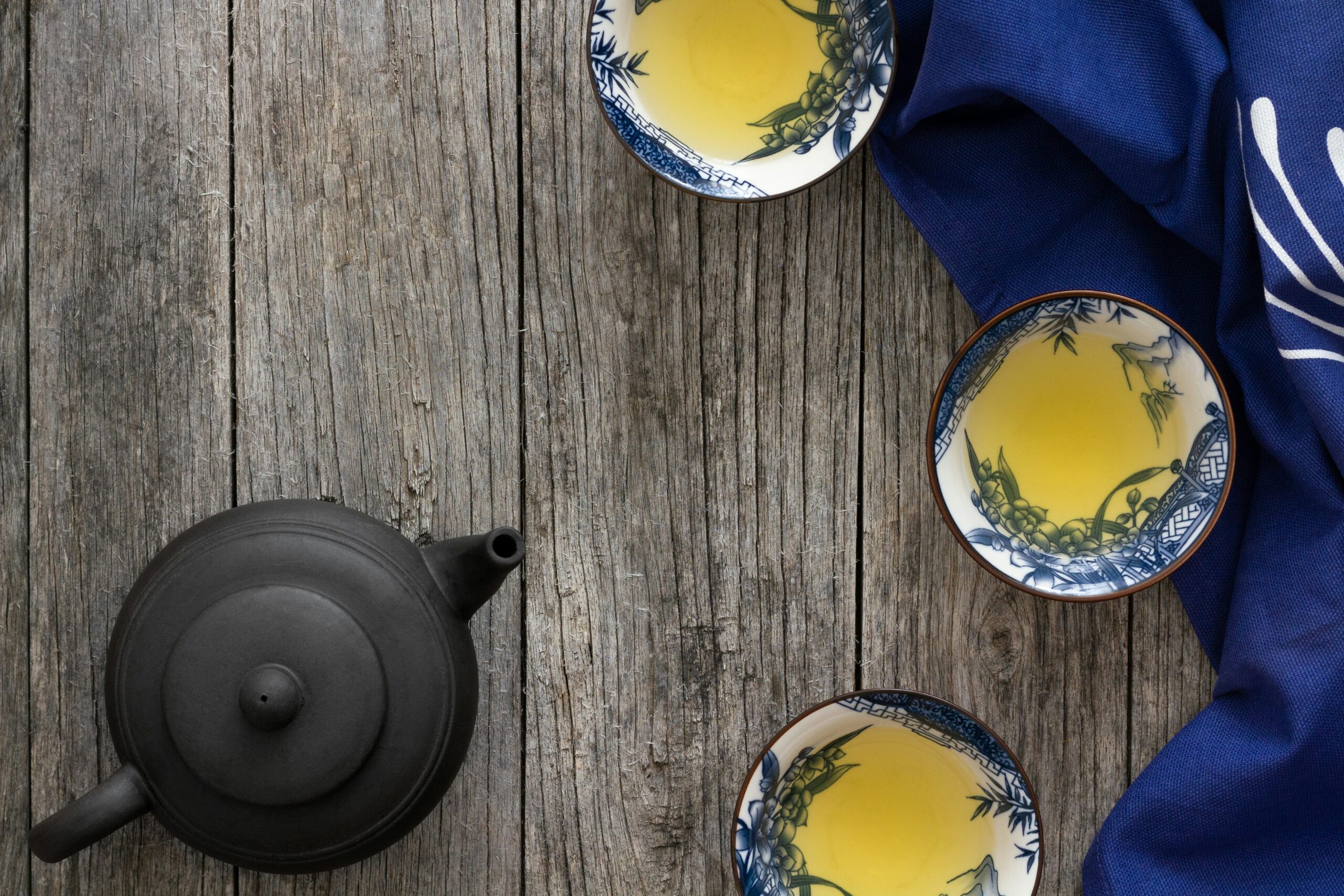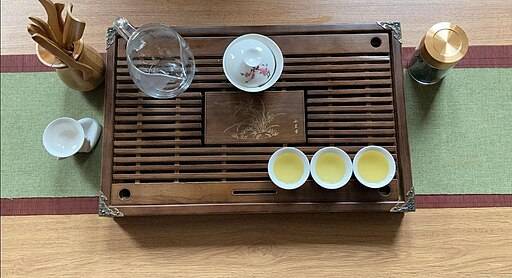
With a steaming cup of tea in hand, we embark on an exquisite adventure: unveiling the mystique and allure of Chinese tea culture, an ancient practice steeped in history, regional nuance, and artisanal craftsmanship.
Not only a cherished beverage, tea has woven its way into the fabric of Chinese society and tradition for thousands of years, symbolizing friendship, hospitality, and a connection to nature.

From the humble origins of tea cultivation to the refined elegance of the Chinese tea ceremony, we invite you to indulge in the warmth, wisdom, and tranquility embodied within every fragrant sip.
1. A Storied History: The Evolution and Spread of Chinese Tea Culture
Embark on a journey through time as we trace the captivating history of Chinese tea culture and its enduring impact on society, customs, and global traditions.
– The Origins of Tea: Explore the ancient roots of tea cultivation in China, dating back to the Shang Dynasty (1600–1046 BC), when tea was first harvested and consumed as a medicinal elixir to promote health and longevity.
– A Cherished Beverage: Follow the transformation of tea from a cure-all medicine to a revered daily indulgence during the Tang Dynasty (618–907 AD), bolstered by the dissemination of Lu Yu’s seminal work, The Classic of Tea, which laid the foundation for Chinese tea culture as we know it today.
– Tea Goes Global: Witness the spread of Chinese tea culture beyond its borders to Japan, Korea, and eventually Europe, shaping international tea traditions, trade, and art along the way.
2. A World of Flavor: Exploring the Diversity of Chinese Tea Varieties
Immerse yourself in the breathtaking variety of Chinese teas, discovering their unique characteristics, regional origins, and distinctive flavor profiles that make each a sensory adventure.
– Green and White Teas: Uncover the subtle beauty and elegance of lightly oxidized teas like Longjing (Dragon Well) green tea and Silver Needle white tea, which showcase the delicate flavor of the tea leaf without heavy processing.
– Oolong Teas: Delve into the complexity of semi-oxidized teas like Tie Guan Yin (Iron Goddess of Mercy), which strike a perfect balance between green and black teas, offering a rich tapestry of flavors and aromas.
– Black and Pu-erh Teas: Explore the boldness and depth of fully oxidized teas like Keemun black tea and fermented pu-erh teas, prized for their robust flavors, smooth mouthfeel, and impressive aging potential.
– Specialty and Scented Teas: Delight in the enchanting world of scented and blended teas, which combine high-quality leaves with fragrant blossoms, herbs, and flavors to produce exceptional sensory experiences, like jasmine green tea and rose black tea.
3. The Art of the Tea Ceremony: Rituals, Etiquette, and Meaning
Unveil the intricate rituals, customs, and underlying philosophies that define the Chinese tea ceremony, weaving a tapestry of symbolism, mindfulness, and hospitality within every step.
– The Ritual of Tea Preparation: Understand the importance of specific gestures, tools, and processes used in the Chinese tea ceremony, which communicate reverence, artistry, and intentionality to cultivate a harmonious tea-drinking experience.
– A Study in Etiquette: Familiarize yourself with the customs and social implications of the tea ceremony, highlighting the importance of graciousness, humility, and respect in both the host and guest roles.
– The Spirit of Tea: Delve deeper into the philosophical aspects of Chinese tea culture, reflecting upon the pursuit of balance, harmony, and personal growth that infuse the tea ceremony with meaning and purpose.
4. The Art of Tea Brewing: Techniques, Teaware, and Appreciation
Elevate your personal tea-drinking experience by mastering the art of tea brewing, selecting the ideal teaware, and cultivating a discerning palate for appreciating the nuanced beauty of Chinese tea culture.
– Brewing Mastery: Discover the essential principles and techniques of tea brewing, including the importance of water temperature, steeping time, and tea-to-water ratio, which vary depending on the specific tea variety.
– Choosing Teaware: Learn about the variety of teaware available, such as traditional clay teapots like Yixing and porcelain gaiwans, and how the choice of teaware can impact flavor, aroma, and the overall tea experience.
– Savoring the Experience: Develop your ability to appreciate and enjoy Chinese tea through mindful observation of its aroma, flavor, color, and texture, deepening your connection with the ancient practice and fostering a more profound appreciation for each cup.
The Beauty and Wisdom of Chinese Tea Culture: A Lasting Legacy
As our exploration of Chinese tea culture draws to a close, we are left with an elevated appreciation for the storied history, diverse varieties, refined rituals, and artisanal brewing techniques that continue to enchant and inspire tea lovers worldwide. Within every fragrant sip, we touch upon the timeless wisdom and spirit of hospitality that underpin this exquisite practice, discovering a world of flavor, tradition, and meaning that transcends geographical boundaries and unites us in our shared love for the humble tea leaf.
Let the evocative beauty and unparalleled depth of Chinese tea culture open your heart and mind, inviting you to embark on a sensory journey unlike any other. As you savor the myriad flavors, aromas, and experiences that tea offers, may the enduring legacy of Chinese tea culture empower you to explore new horizons and forge lasting connections — one exquisite cup at a time. And, of course, should you be seeking China visa services to make this experience come true, reach out to us at Ikky In China today!



